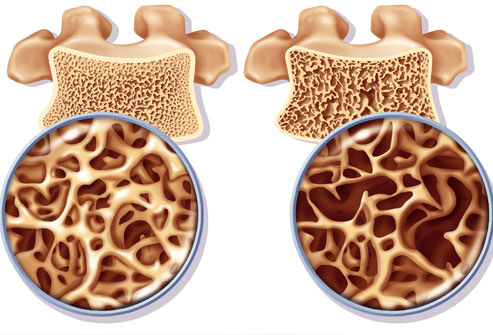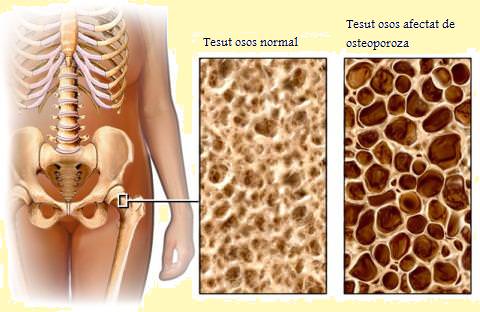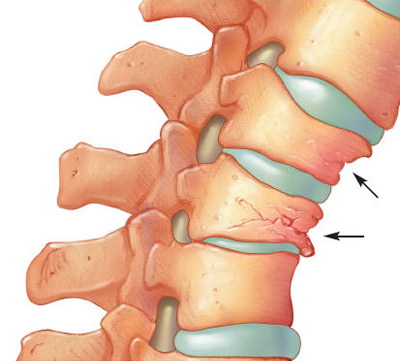Patient information on the risks associated to osteoporosis. The latest osteoporosis news, rheumatology, new diagnosis and treatment methods.
Osteoporosis Tests
The purpose of the medical tests is to determine whether a person suffers from osteoporosis, has low bone density and an increased osteoporosis risk, is menopausal and/or has hormonal deficiencies, or an underlying deficiency causing the exacerbation of the bone mass loss.
Tests may be performed to assess the bone density loss, the bone health following a fracture or to monitor the efficiency of the osteoporosis treatment. The imaging diagnosis – a paraclinical investigation – is used to perform osteodensitometry, the main osteoporosis diagnosis test.
What Causes Osteoporosis?
Human body bones are not static, as illustrated in specialty literature pictures. Bones continuously change throughout a person’s life, with certain bone cells that dissolve and new cells that develop as part of a process referred to as bone remodelling. Through this remodelling process, a large portion of the human skeleton is replaced every 10 years.
In osteoporotic persons, bone resorption is quicker than the development of the new bone tissue. The bones become porous, fragile and they are predisposed to fractures. The X-ray of a normal bone density hip shows a dense bone cell
What Is Osteoporosis
The bones of people suffering from osteoporosis are thin and very fragile. “Osteo” comes from the Greek “osteon”, which means “bone”, while “porosis” comes from the Greek word “poros”, meaning “hole, passage”. According to the medical dictionary Medilexicon, osteoporosis is a “Reduction in the quantity of bone or atrophy of skeletal tissue; an age-related disorder characterized by decreased bone mass and loss of normal skeletal microarchitecture, leading to increased susceptibility to fractures”.
In the UK, approximately 3 million people suffer from osteoporosis, , with an annual rate of approximately 230,000 fractures, according to the data published by the National Health Service (NHS).
About Osteoporosis
Osteoporosis is a condition affecting the bones, causing the weakness, fragility and bone breaking predisposition (fractures). These fractures most often occur in the spine, wrists and hip, but they can also affect other bones, such as the arm or pelvis. In the UK, approximately 3 million people have osteoporosis suspicions, with an yearly rate of more than 230,000 patients with resulting fractures. Even if it was generally associated to postmenopausal female patients, osteoporosis may also be encountered in male patients, young women or children.
The bone is made of a hard outer layer with a collagen network (string elastic fibres), minerals (including calcium), blood vessels and the bone marrow on the inside. This collagen matrix has the appearance of a honeycomb, with spaces amongst the various components. Healthy bones are very dense, and the spaces inside the bone are small. In the bone affected by osteoporosis, the spaces are larger, which weakens the bone, leads to the loss of elasticity and breakage predisposition.
Spine Osteoporosis
The vertebral column (backbone) (backbone) extends from the skull to the pelvis and it is made up of 33 bones, called vertebrae. The vertebrae are disposed in a metameric structure (one above the other), and the spaces delimiting the vertebrae host the intervertebral discs, whose role is to absorb shocks. These intervertebral discs ensure the flexibility of the vertebral column. Vertebrae more exposed to osteoporosis , because they are made up of a softer bone tissue than the other bones in the body.
Osteoporosis causes the thinning, weakening and fragility of the bones. If weakened, the vertebrae may fracture and collapse under normal pressure. The thinned bones may collapse during routine activities, causing vertebral fractures. Compression fractures cause severe pain and can permanently alter the shape and strength of the vertebral column.




